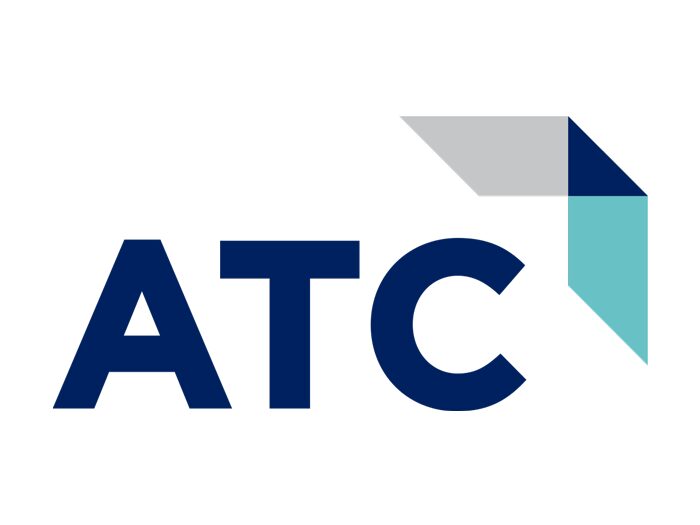
Building an effective digital strategy requires a deep understanding of the technology of today and tomorrow. As a business leader or IT director, what do you picture for the future of your business when you think of digital transformation? Do you have a solid understanding of the platforms and functionality sets across the complicated technology landscape? Is your on-prem legacy network keeping up with today’s intensive workloads and remote workforce?
If you’re lacking the answers to these questions, perhaps it’s time to consider migrating to an application-focused cloud ecosystem that eliminates barriers and reduces the distance data needs to travel to your end-users (from anywhere in the world). Due to its scalable nature, a cloud solution provides the flexibility required to fully optimize your workloads through public, private and hybrid cloud options. But which cloud solution is right for your business and how do you avoid pitfalls during migration?
5 Pitfalls to Avoid in Cloud Migration
Cloud migration is becoming an increasingly popular way to boost business performance. Digital transformation and enhanced technological development gives your business incredible growth opportunities. But how do you avoid getting lost in the process of digital growth? Mistakes can be costly and potentially jeopardize the security integrity of your business.
These five tips will help you avoid the pitfalls of cloud migration and costly mistakes:
1. Learn the differences between cloud environments.
You shouldn’t assume that all cloud environments are the same. Types of infrastructure, architectural solutions and applications will differ amongst providers. When you undergo the process of digitally transforming your business, leverage an independent IT consulting firm that can give you a solid understanding of the differences between public, private and hybrid cloud, and can offer you options so that you can find the right cloud provider to suit your needs . Every organization is different and it’s important that you partner with a cloud provider that knows the industry and what‘s best for your business.
2. Remember not all apps need to be replaced.
Before you start the cloud migration process, consider which data, workflows or applications will benefit from the migration. In other words, moving every piece of data or software to the cloud must have a business justification. Research how working in a new environment will affect all your applications and their ability to provide the required level of service.
Some data and applications are ready to migrate right away, however, others may need adjustments to get the most out of the new infrastructure. Then there are applications that will need to be replaced entirely with a cloud-ready solution. If your legacy applications are a legacy in every sense, it may be time to at least consider an upgrade or replacement. It’s hard to see organizations devote time and effort to migrating an application simply because “it still works.”
3. Create a sound security strategy.
A sound security strategy provides unified and reliable protection of your assets from potential threats. Businesses face a demanding and evolving threat landscape. Today, every business is vulnerable to attack, not just major global brands. The consequences of being unprepared can be catastrophic. Your cloud service provider should come equipped to get your cloud applications running securely and swiftly, with improved manageability and less maintenance. The right cloud solution will enable your technology to be more secure, agile and scalable.
4. Invest in professional knowledge and experience.
You want a team of advanced technology consultants with the expertise, solutions and vendors in place to mitigate threats and protect you from existential risks. You want a team to help you build a better network with cloud technology and help you to be better prepared for the future. Your next-gen infrastructure and communication highway should not only connect people through cloud-based solutions, but be agile, purpose-built, resilient and secure.
5. Plan ahead before you migrate.
Migration and the way you conduct it will affect the way your company works on many levels. In today’s globalized society, you may need to think about the locations of cloud infrastructure and your end-users. Cloud migrations fail when companies neglect at least a few issues crucial for the process:
- Poor internal communication
- Lack of planning and strategy
- No documentation or weak knowledge of the existing legacy system
- Too focused on cost and not quality of solution
Organizations often struggle to capture the necessary functional capabilities for each cloud solution adopted for their IT systems. NIST recommends strategically identifying, defining, selecting and prioritizing the functional capabilities of cloud solutions and the security components that implement and enforce them. Planning ahead is of the utmost importance prior to moving forward with any cloud migration.
Understanding Public, Private and Hybrid Cloud
Cloud-based solutions fuel growth and power other digital transformation tools like artificial intelligence (AI) and machine learning (ML) to provide added layers of security. The cloud can help you build a better, stronger network and prepare your business for the future. There are many types of cloud solutions; it’s important to find what’s right for you.
- Public cloud service offers a multi-tenant environment that provides clients with a pay-as-you-go model, ideal for unpredictable traffic. The public cloud provides the flexibility to scale and add capacity as your applications and demand grow.
- Private cloud is built for organizations that want the flexibility of the cloud while maintaining control, access and security of dedicated resources. The private cloud offers a single-tenant environment with dedicated servers for maximum protection and performance. The environment allows you to “customize” based on your specific need.
- Hybrid cloud allows for greater flexibility and scale by combining public cloud and private cloud and single-tenant environments. With a hybrid cloud solution, you can connect dedicated environments to the private and public clouds of your choice.
Migrate Safely and Securely to the Cloud with ATC
ATC works with the leading cloud service providers to get your applications up and running faster, with improved manageability and less maintenance, enabling IT to be more agile and scalable. Due to its elastic nature, the cloud provides the flexibility required to optimize workloads. There are many types of cloud solutions; public, private, hybrid and even multi-cloud options.
We understand that choosing the best option for your business can be overwhelming. At ATC, we’ll help you find what’s right for your business and help you make your migration faster with the best possible results. Set up a discovery call today and prepare your business for the future of technology.










